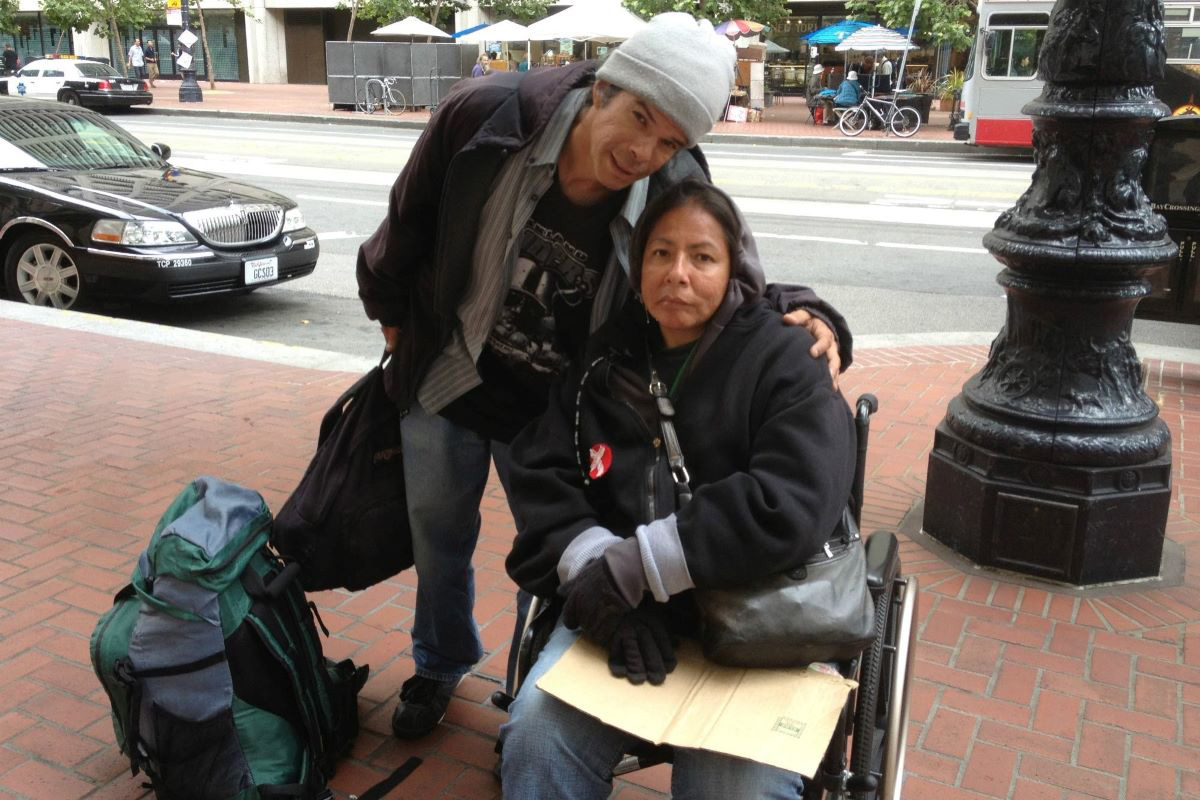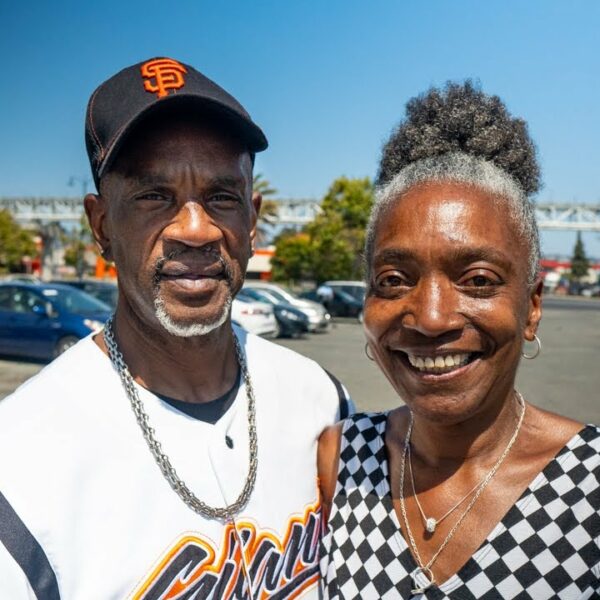Long before the streets of North America were industrialized, colonized, and paved in the tears of their own, hundreds of Indigenous tribes sowed the soil we now walk upon. These tribes’ contributions to our planet date back tens of thousands of years. Were it not for them, you might never have known the taste of sweet potato pie or the pipe of a pumpkin spice latte in hand on the first day of Autumn.
From government structure to the utilization of rubber, from culture to trade to the concept of sign language, Native Americans were quite literally the first trail blazers on this side of the globe.
Today, these same people who once kept American soil rich are now forced to live dirt poor in far off corners of our nation. Like homeless people, our government has gone to great strides to keep them and their troubles out of sight. Many of us underestimate the sheer number of Indigenous People who exist in North America today, a number which greatly exceeds 5 million people. This is no accident. In fact, it is part of the system of oppression that has been used against them for hundreds of years.
Indigenous People are intentionally left out of our statistics and surveys. In 2020, their Coronavirus data was categorized as “other” making it impossible to decipher the level of disproportion regarding their deaths and incident of Coronavirus infection.
In the years leading up to the pandemic, the crisis of murdered and missing Indigenous women was shrouded in mystery due to thousands of these cases being left out of the missing persons database altogether. There are also multiple instances of Indigenous women being incorrectly categorized as other nationalities, namely Hispanic and/or Asian in most cases.
Even outside of murder, Indigenous mortality data is nearly impossible to find.
Inaccuracies in the data pool hinder efforts to address health and life expectancy trends. When it comes to homelessness, it was only recently discovered that 53% of Seattle’s Indigenous women are without a stable place to live. This data wasn’t missing. Rather, it was hidden on purpose for approximately six years. Meanwhile two other surveys taken at the exact same time that involved non-Indigenous statistics were immediately released in 2010.
It was in 2016 that the director of the Urban Indian Health Institute, Abigail Echo-Hawk spoke out and revealed the horrific figures. Now, she is speaking out again in regards to recent discrepancies in COVID-19 information across the Navajo Nation. In a 2020 interview with The Guardian, she stated:
“We are a small population of people because of genocide. No other reason. If you eliminate us in the data, we don’t exist. We don’t exist for the allocation of resources.”
That last part is extremely important because, after the binds of genocide, behind a twisted path of broken treaties, our nation’s remaining tribal residents rely heavily on government resources.
A Look at the Native American Relationship with HUD, the Census Bureau, and American Resources
Today, if you ride through Indian Country, you will bear witness to 2.2 million acres of abandonment. Here you will find no strip malls, no movie theaters, no banks. There are no big houses, or big businesses from which to draw opportunity.
In the Cheyanne River Reservation, one of the poorest counties in the US, at least 70% of adults are unemployed. As mass poverty sweeps the plains. Floors and roofs are caving in. The pavement is like a sea of broken vehicles, some of which people attempt to live in.
Due to poverty and structural neglect, approximately 40% of the houses on US reservations are deemed uninhabitable by US safety standards. But that’s only the beginning. Of the houses reviewed by the US commission on Civil Rights in 2003, it was determined that:
- 50% of houses were not connected to a sewer
- One out of five houses had no plumbing
- 16% of housing was overcrowded
In the early 2000’s The Tribal Housing Loan Guarantee Program lost close to 70% of its purchasing power over the course of just four years. This blow came in on the heels of the 25% decline in buying power that was imposed on Native nations in the ‘90s. In the COVID-19 era, jobs for reservation residents are difficult to find and mortgages are almost impossible to obtain. In the Navajo Nation alone, where 40% of residents have no electricity or running water, 68,000 new housing units are required to prevent literal homelessness. Let’s not forget hidden homelessness that comes as a result of families doubling up.
“We didn’t create the situation here. They put us on these reservations to contain us. To control us. To keep us segregated,” one tearful resident of Cheyanne River stated in a candid interview.
And miles away, a resident of the Crow Indian Reservation reflected similar sentiments. “We’re the foreign country in your backyard,” he told the rolling cameras. “A lot of people here depend on HUD,” he explained. “80%-90% of the houses around here are HUD homes.”
Astonishingly, each of those 2-bedroom HUD homes contains two or three families inside.
How did we get here? What if I told you it’s all a big numbers game?
The US Census Bureau Overcounts and Undercounts Indigenous Tribes, Depending on which Approach Works in Favor of Underfunding. 2020 Has Been No Exception.
In 2017, it was concluded that homelessness affects all tribal lands. Yet somehow, these regions are notoriously underfunded.
In order to understand the goal of manipulating the numbers, we must first reflect on the time when Indigenous People were overcounted and compare. Noted author Colleen Connolly detailed the harrowed relationship between the US Census Bureau and the first people of our nation in her article for the Smithsonian.
To briefly summarize, there was a time when the data on Indigenous People in the US was entirely accurate. It was the late 19th Century. Heads of household were diligently counted. Reservations were canvassed with precision. All of this was in an effort to privatize the land, and then keep the remaining communal land for themselves. This created a relationship of distrust that justifiably rages on to present day.
But now, when data would work in favor of Indigenous tribes by way of giving them representation in government and access to funds, housing, and resources, the US Census Bureau has become notorious for undercounting the Indigenous People population. In 2010, tribal groups were undercounted by at least 4.9%, which is the highest number for all marginalized and non-marginalized groups within the US.
Sources claim one in seven Native Americans were completely left out of the equation. This is because in modern times, the Census Bureau count determines how much money a region will receive for things like education, construction, road repair, housing, and much more.
The financial losses of this undercounting cannot be understated. Roughly estimated, it amounts to about $5,000 per missed person with one in seven Indigenous/Native American People being missed. It’s important to note that these undercounts last for a full decade, long enough to economically decimate each next generation.
To that end, the call for being counted rang loud and clear in 2020.
Tribal leaders made it a top priority. Yet the US Census Bureau responded with delay after delay, citing storms, prior obligations and, most recently the Coronavirus pandemic.
In a last attempt to keep Indigenous representation at an all-time low, the Census Bureau abruptly decided to close their count a month early, leaving many Indigenous People unaccounted for. The decision was blocked by a federal judge. But there is still a great deal of catching up to do.
As it stands, the Bureau has ceased making in-person visits in some parts of the United States. And they are already missing thousands of pages of internal documents. According to CNN Politics, the government failed to turn in 75% of the documentation that was owed over the weekend.
In January of 2020, it was reported that Native Americans were 26x more likely to experience homelessness than white Americans. We can’t afford to keep counting them out. Talk to your representatives about producing honest, well-researched data across all regions and citizens of the United States.













